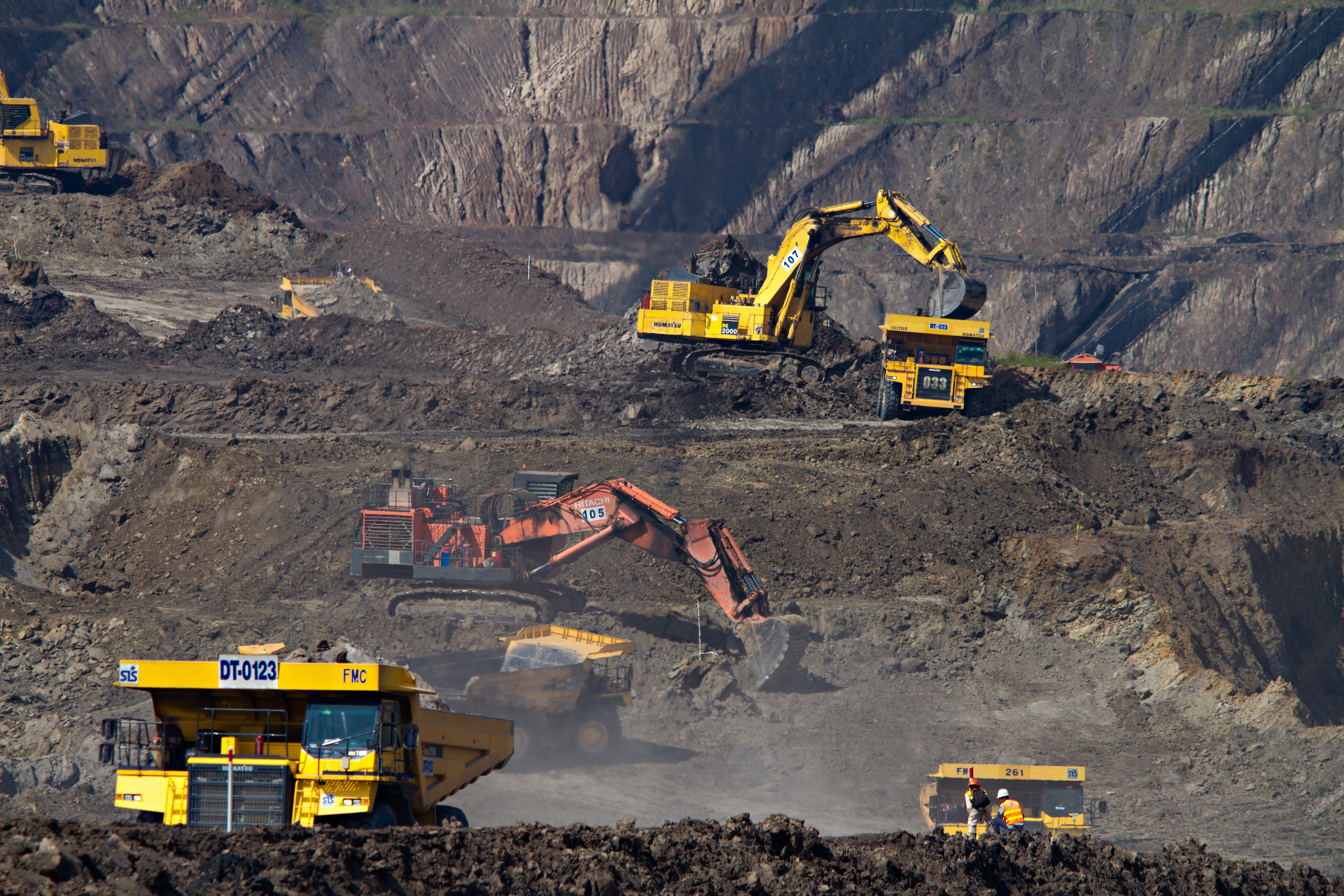
The global mining sector had a wild ride in 2022, plagued by supply-chain and labor shortages and geopolitical and economic uncertainty. Russia’s invasion of Ukraine upended markets, sending many commodities to record highs, only then to fall quickly. Several nations issued wide-ranging sanctions against Russia and further sanctions are still being debated as the conflict rages on. Meanwhile global energy markets remain in turmoil resulting in record coal prices as the world falls back on a commodity it was most recently trying to abolish. Below we look at some of themes we can expect from the mining and metals sector in 2023 and beyond.
Economic slowdown will cause industrial commodity prices to fall
Macroeconomic forces will continue to weigh on metals prices in 2023. High inflationary pressures and bearish economic forecasts calling for a recession in 2023 are contributing to downward pressure on metals prices. However, possibly easing inflationary pressures and relaxation of China’s zero-Covid policies may reduce the impact of an economic slowdown in the U.S. and Europe. A sluggish construction sector will subdue demand and growth for iron ore, steel, and base metals while battery materials like nickel and lithium will continue to have robust demand and growth.

Geopolitical tensions will continue to weigh on markets
Geopolitics has always been an issue for commodity markets. However, 2022 heightened sensitivity to this issue. Russia’s invasion of Ukraine in 2022 sent markets spiraling, with commodity prices skyrocketing in Q1 and Q2. In addition to the conflict in Ukraine, rising tensions between the U.S. and China along with increasing resource nationalism has increased geopolitical risk. These geopolitical tensions resulted in a volatile market in 2022 that will continue into 2023. Many of these tensions show no signs of waning and mining companies will have to navigate this difficult environment.
The energy transition will intensify demand for and scrutiny of critical minerals
As the energy transition moves forward and countries look to decarbonize, the focus on critical minerals will remain high. In 2022, we saw significant legislation that pushed the energy transition and decarbonization forward. Now suppliers are working diligently to supply minerals that are high in demand and by some reports, already undersupplied. We will see increased investment in 2023 into mines and projects for critical minerals. We also expect to see governments work to increase domestic production and secure supply for their national interests. Increasing geopolitical tensions will keep these resources in focus for many economies, and countries like Chile, Peru, and Australia, which are rich in resources necessary for the energy transition (e.g., lithium, copper, etc.) will do well in 2023.

Copper inventories will remain stressed
Copper reached an all time high of $5.03 per pound in March of 2022 and then proceeded to plummet more than 30% through the summer. For the year copper remains down, largely due to a stronger dollar and slower growth in China due to Covid lockdowns. Supply and demand are expected to balance next year, but stockpiles remain extremely low. Only a dozen major copper discoveries were identified between 2012 and 2021, compared to 82 from 2002 to 2011. A major reason for the lack of discoveries has been due to the focus on exploring at or near existing operations and late-stage deposits, rather than new, sizeable greenfield discoveries. Even with the projected economic slowdown in the U.S., copper demands for the energy transition and any potential increase in China’s economic recovery could easily stress supplies.
Aluminum supply faces multiple threats
Aluminum producers’ margins have been crushed due to soaring energy prices. Aluminum prices are down nearly 40% since spiking in March and are down nearly 10% for the year. European and U.S. smelters have cut 1.4 million tonnes and 0.3 million tonnes, respectively, of capacity. European smelters aren’t likely to come back online in 2023, and further closures or curtailments in production are possible.
Another potential source of price volatility comes from sourcing aluminum. Metals have largely been spared in the U.S. and European sanctions on Russia. However, the Biden administration is reportedly considering potential measures including a complete ban on Russian aluminum. The impact of a Russian ban could be severe and potentially freeze Russia out of western markets.
Macroeconomic trends will weigh on mining M&A
M&A activity in the metals and mining industry was fairly robust in 2022. Some notable deals include Gold Fields $6.7 billion acquisition with Yamana Gold, a $6.3 billion acquisition of a 30% stake in Polyus by the Akropol group, and Seroja’s $2 billion deal with Denway Development. Much of this activity was fueled by high commodity prices and economic growth. However, bearish economic forecasts, increasing interest rates, and lower operating margins are likely to weigh on the M&A market in 2023. However, the energy transition and electrification markets will likely keep M&A interest relatively high and may counteract some of the macroeconomic pressures.
Inflationary pressures will weigh on profitability
While 2022 was a good year for mining companies, tightening monetary policies, high inflation, and supply chain shortages are causing mining companies’ expenses to increase. These higher costs, coupled with lower commodity prices and a weakening economy will create downward pressure on mining margins. In 2023, we expect to see declining revenue growth and lower margins compared to the last two years.
ESG focus will intensify for mining companies
Decarbonization and sustainability are becoming the norm for many businesses, and the mining sector is under increased pressure for sustainable business practices. Recent surveys show that ESG remains the top risk and opportunity for the sector in 2023. While decarbonization has been a focus of some companies for a while, ESG is evolving, requiring mining companies to broaden their scope. Water management is considered by many to be a higher priority than decarbonization, and biodiversity is also becoming important. Mining companies will continue to integrate improved ESG metrics into their decision making to ensure their success going forward.
Coal will be here for longer
The global energy crisis, exacerbated by war in Ukraine, has prolonged the life of some coal projects and power plants. Coal prices reached a record high of $457 per tonne in September 2022 and currently sit around $400 per tonne, compared to $50-$100 per tonne for the majority of the last decade. In Europe, the energy crisis has caused some shuttered power plants to be reactivated while the closure of others has been delayed. The U.K. has just approved its first new coal mine in three decades, and China has renewed its commitment for coal to remain as a reliable source of power. Demand for coal surpassed 8 billion metric tons for the first time ever in 2022, a year after countries agreed to reduce the use of coal at the UN climate conference in Glasgow. Coal producers will continue to do well in 2023 as the world continues to seek energy from any source possible.
Labor shortages will remain a challenge
Mining companies face their greatest labor shortage ever following a wave of retirements, resignations, and layoffs stemming from the pandemic. This challenge comes at a inopportune time for mining and metals companies as demand is picking up around the world for electrification and the energy industry. Queensland, Australia, home to 18% of the world’s vanadium resources, lacks the workforce to capitalize on their resources. The Queensland government has put forth a $3 million workforce development program, but challenges remain given the tight labor market and the reluctance of young people to join an industry they view as polluting. The industry labor shortage goes beyond skilled labor, as shortages of educated professionals and enrollment in university mining programs remains low. The IEA estimates that the overall need for minerals could increase at least sixfold by 2040 depending on how rapidly the world works to reach its climate goals, but currently the industry is struggling to obtain the workforce to develop those minerals.
ADI will continue to monitor, track, and research mining and metals industry. Please review and contact us to learn more about our research and expertise in this segment.
Dustin Stolz



















